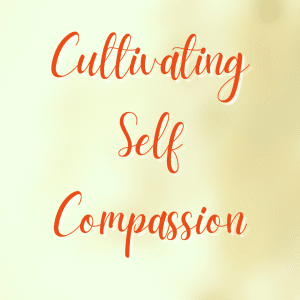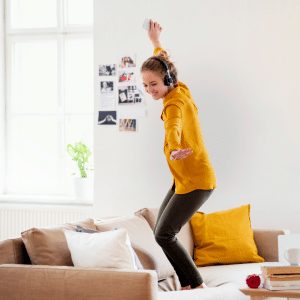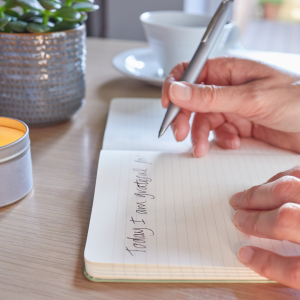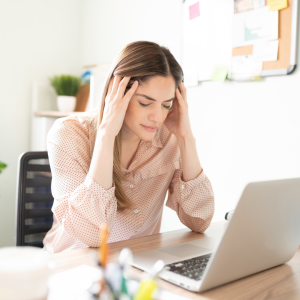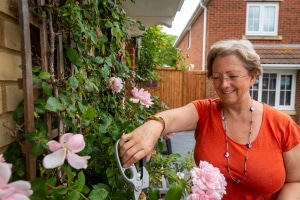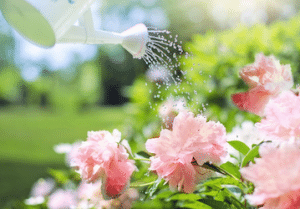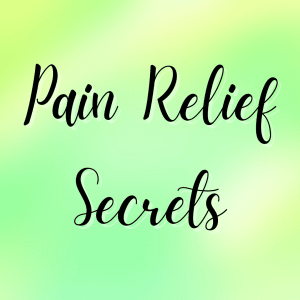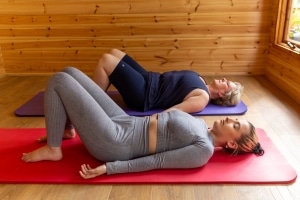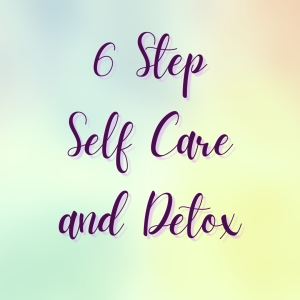 Today we are talking about self-care and different ways to detox the body as spring begins, from the Chinese New Year perspective. Spring means new beginnings, so it is an ideal time to refresh the body and get it moving.
Today we are talking about self-care and different ways to detox the body as spring begins, from the Chinese New Year perspective. Spring means new beginnings, so it is an ideal time to refresh the body and get it moving.
I wanted to share my self-care routine as I thought it might inspire others to try it and gain the same amazing health benefits that I have gained since starting the routine. I follow this routine to boost my vitality. What I love about Chinese medicine is that simple tools used on the outside of the body also have an amazing effect on healing and detoxing inside the body.
I have experimented with a variety of different tools and techniques over the years, but Chinese Medicine is my go-to these days. For me, I see the greatest benefits and see the best health from these techniques I am about to share with you.
I encourage you all to experiment and find what works best for your health and vitality. Who knows, you might settle on Chinese Medicine too.
I am not a trained medical practitioner. I am an avid follower of Katie Brindle and her Hayou Method techniques and tools. They are great quality, last a lifetime and for me, they really work well. I did not invest in all my tools at once but built up tools over time. If you find it works for you then I encourage you to do the same. Here is Katie’s Website and that of Hayou Method. Katie has expanded her Hayou Method tools to include other trusted practitioners and their tools, so some of the things I use are from the extended family.
I went to see Katie back in 2018 when suffering from Fibromyalgia, low energy and constant migraines. These days I do not suffer fibromyalgia symptoms, my energy levels are good and migraines are rare. what I am going to share with you about my daily routine is just a fraction of what I learned from her on that day. However, I have been taking better care of myself ever since. this is my morning routine. It takes me just 15 minutes every morning. I’m not fanatical about it, I do not do it religiously every day, but I do it most days. It helps boost my energy, clears my mind and body and sets me up for the rest of the day.
A lot of the routine is about flushing the lymphatic system. Healthy lymph flow is crucial, as it supports the immune and circulatory systems, maintaining fluid balance, fighting infections, and removing toxins and excess fluids from the body.
My Self-Care Routine
Step 1 – Body Combing
I get out of the shower and, while I am still wet, I use the jade comb to body comb from top to toe. It slides along the skin easier and by the time I have finished I am dry. No, I did not take a video of that step. I use body combing to treat cellulite, help with lymphatic drainage and boost circulation around my body. It leaves a tingly, energised feeling on the skin and I am sure it does me loads of good. I definitely feel more sluggish when I don’t do my self-care routine.
If I am out of the house and do not have my jade cob with me then I just tap my body gently. If you are just starting with this routine then you can gently. Just use a relaxed fist and tap over the body. Up and down the arms, over the gest and stomach, down and up the legs and on the lower back over the adrenals. everywhere you can reach.
Step 2 – Brush and Tap
Next, I use a facial brush and the bamboo facial tapper to give my skin a wonderful glow, remove dead skin cells and increase circulation. This is a gentle massage for the skin which enlivens the skin and brings down any puffiness. It prepares my skin for the next steps. It helps release any tight facial muscles and enables lymphatic draining too. What is not to love?
Before I had the facial tapper and brush I just used to do gentle tapping with my fingertips to relax and enliven the skin. You can do the same.
Step 3 – Gua Sha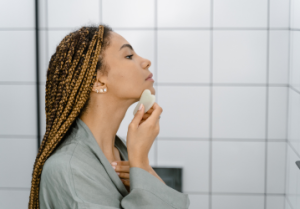
The Gua Sha stone is the first self-care tool I bought. Apply oil to the skin and then use the gua sha tools. Both the main tool and the precision tool as well. So I have had a lot of practice. The gua sha tools lift, plump and sculpt and reduce the appearance of fine lines and wrinkles. I use my tools quite hard on the skin and I am used to seeing a red flush. It goes down really quickly and I feel and look fabulous afterwards. I literally see the wrinkles disappearing. This technique reduces inflammation, increases energy flow and boosts lymphatic drainage and circulation.
Like reflexology, working the face also has an amazing result for the body. As I mentioned in the video, I work particularly deeply into the Gallbladder areas of the face. I had gallstones diagnosed in 2022 and the pain was excruciating. My pain lasted 3 months and then stopped so I declined surgery. However, I do work into the Gallbladder area regularly and I am convinced it helps. Have the gallstones gone? Nope! Many people have gallstones but not everyone has issues. I like to think I am avoiding another painful episode with regular gua sha.
The skin does go red. This is normal and it settles down again very quickly. I can see a difference in my skin by the end of my self-care routine. I work well into my throat and neck as I sit at a desk most days. It helps release any tension I might not even be aware of.
If you can only afford one item then I would recommend starting with gua sha. Just buy one tool and see how you get on. You can add other elements later. I am sure your skin and body will thank you for it.
Step 4 – Cupping
Cupping, an ancient practice from Chinese Medicine, historically used for pain relief and healing, also offers significant benefits for facial rejuvenation. Facial Cupping utilises suction to refresh the skin, promoting lymphatic drainage and energy flow, resulting in tightened and toned skin, improved circulation, reduced inflammation, diminished fine lines and wrinkles, stress relief, collagen stimulation, and a natural glow.
These cups are new additions to my routine, having only bought them a few months ago. I have noticed that, since adding them into my routine, the dry skin I still used to get on my nose has gone. I also used to be prone to block pores on my nose resulting in yellow spots. these have also gone. My skin feels even smoother and looks clearer. So I am very happy with my purchase. Anything that helps me feel fabulous is worth the effort as far as I am concerned.
This step can be added later. Just remember to build your self-care kit slowly. You do not have to run at 100 miles an hour and buy everything at once.
Step 5 – Remove Excess Oil
I use the Rice Paper Beauty Blotting Tissue as it has a lovely silky feel and it leaves my skin feeling balanced and pampered. I also keep it with me in the summer to blot with if I overheat. you could just use a tissue. It just ensures you do not end up with oil on your clothes.
 Step 6 – Cryo Sticks
Step 6 – Cryo Sticks
Cryo sticks are my last self-care step. I have only recently added them to my routine. They have been fabulous the last few days, as I have fought off a cold but seem to have ended up with a couple of days of sinusitis. Being wonderfully cold and soothing, they helped with the sinus headache, and now my sinuses are nearly back to normal.
Cryotherapy soothes puffiness, calms inflammation, and helps achieve a smoother, firmer, and brighter complexion. It is great to cool the last remnants of any redness left over from the Gua Sha, making it the perfect last step. It works by increasing blood flow and oxygen, firming, sculpting, and toning the face instantly. They help drain toxins beneath the skin and shrink large pores with regular use.
You can get the benefits of the coldness by having a bowl of water with ice on hand, then immerse a flannel in the water, and then place it over your face.
Self-Care: Is it all too much of a faff?
You might be thinking that this all seems like a lot to get through every morning. Had I tried to do all of these steps from day one I would have agreed with you. But I have not, I have built up the techniques and the tools over 5 years. This is the key to lasting health benefits and lasting change. just make very small, manageable steps, one at a time. Get competent with that technique. Decide if it works for you. If yes, great, keep doing it and add to the routine. If not, stop doing it and go find something that works for you.
We are all individuals and we are all different so find out what helps energise you, what makes you feel great, and above all what works for you. Then go put a plan in place and take it one small step at a time.
Self-care is a must. A daily routine of self-care can significantly contribute to overall well-being, helping you lead a healthier, more balanced, and fulfilling life!

